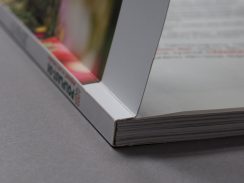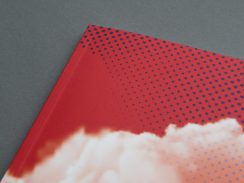These operations are an exceptionally important part of the entire production process. In many cases, they significantly influence the quality of finish and the overall purpose for which the printed material is intended.
Their proper optimisation and production itself have a major impact on the time and cost of the entire production process. We commonly use different types of folding, perforation, hole punching and other specific types of modifications to printed materials.






























